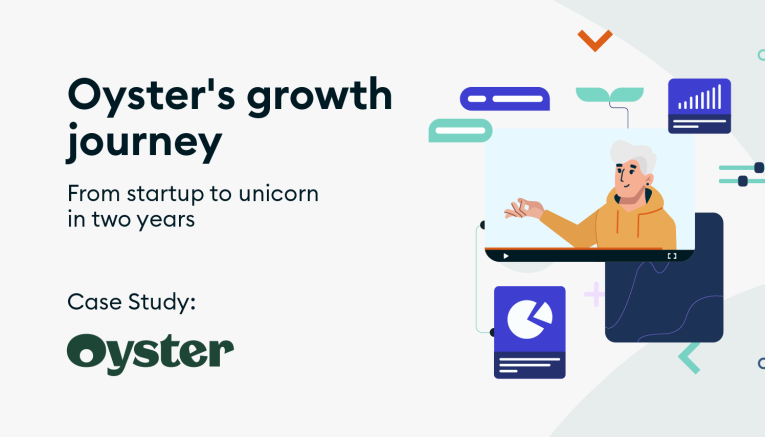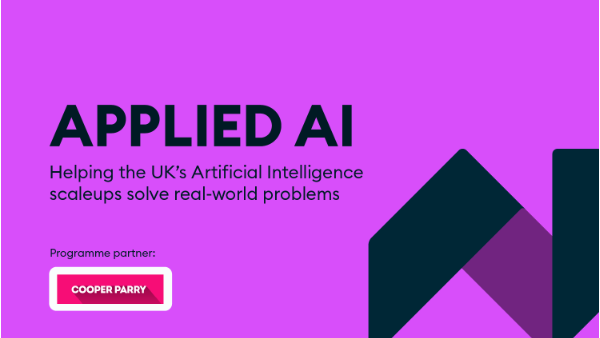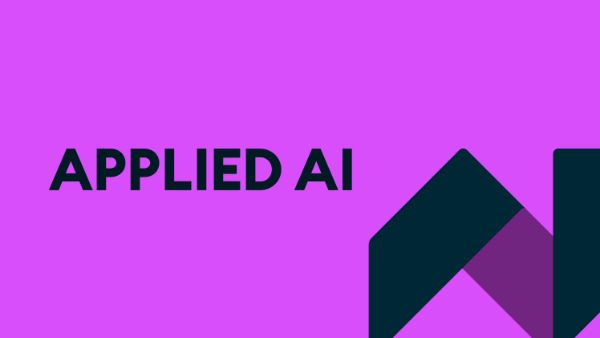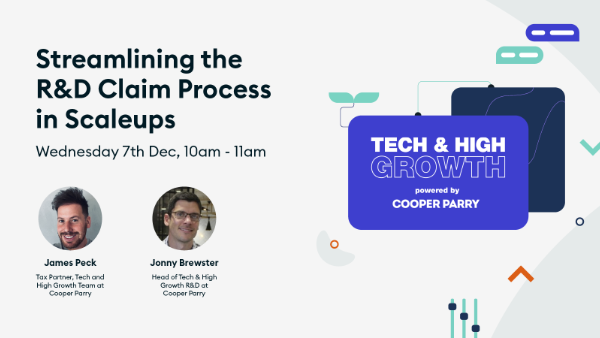Oyster's Growth Journey: From Startup to Unicorn in Two Years

Below is a summary of the full Oyster HR case available now for download.
Founded by Tony Jamous and Jack Mardack in January 2020, Oyster HR has grown exponentially in less than 3 years of its existence.
In April 2020, Oyster raised $4.2m in Seed funding; $20m was raised for Series A in February 2021; $50m for Series B in June 2021; and $150m for Series C in April 2022.
Today the company’s valuation is $1bn+.
In this article, Jack Mardack discusses the marketing strategy which helped their employment platform Oyster go from startup to unicorn in just two years.
The company
Oyster has a social-impact mission - to help create economic opportunity anywhere in the world, regardless of where an individual is based, by enabling companies to hire, onboard, pay and provide benefits to their distributed teams in a locally compliant way.
To fulfil its mission, Oyster set itself an aim of enabling 90% of the population of new knowledge workers in emerging countries to find employment by the end of 2022, and to place one million job seekers around the world in remote work roles by 2027.
Unique sales proposition
Oyster’s USP is based on three main features: revenue structure, admin intensity and social impact mission.
Revenue structure
The platform features completely transparent pricing that shows employers how much it will cost to hire a worker in a particular geography. The service is also cost-competitive compared to traditional ‘employer of record’ (EOR) companies.
Admin intensity
Oyster’s ‘self-service’ platform allows employers to hire from anywhere around the world quickly and easily online.
Social impact mission
The platform also aims to combat the ‘brain drain’ that has a devastating effect on developing economies; through both talent and knowledge retention, and increased local expenditure and national tax revenues.
The marketing strategy
Jack notes Oyster used a B2B playbook with some standard elements, but overall, Oyster’s marketing strategy focussed on responding to the extraordinary circumstances of 2020.
As Oyster’s first Head of Marketing, Jack says he’d imagined the need for a storytelling ‘journey’ to sell Oyster’s concept and benefits; but as the theme of remote work - which was infused into Oyster’s story - was suddenly the dominant global narrative, the stage was seemingly already set.
Meaning Oyster’s marketing narrative started in a very different place, with customers already receptive to the product, but, Jack says, that didn’t give Oyster any certainty of success: “You can’t just assume that everyone will come knocking on your door because your solution appears suddenly to have product-market fit.”
Oyster devised three programme pillars which Jack thinks were critical to their success:
- Content
- Search-engine marketing
- Virtual events
Takeaways from Oyster’s journey so far
Brand identity
Oyster wanted design to be very prominent in the strategy from the very beginning, so at a comparatively early stage the team put great emphasis on the quality of design.
“Doing so early made a huge difference to our efforts – consistency across everything is vital when prospective customers are looking at you for the first time. Even though you might be the most obvious solution, the brand aesthetic is key once people have found your content.”
Oyster worked with a London-based branding agency, Ragged Edge, on visual identity, because their approach resonated with Oyster’s.
Category creation
Because of the size of the total addressable market, and the intensity of competition, Oyster’s marketing messaging needed to be aggressive. Which meant tackling category creation - trying to land a new narrative in a new market.
Jack says: “When you're describing something new to customers at the same time as your competitors, you have to nail your messaging, and differentiation is key.”
Oyster attempted to dominate the narrative by defining a new SaaS category; amalgamating the familiar SaaS playbook (bring offline processes online) and the more recent SaaS playbook (consumerisation of business software).
Business model and mission alignment
From the outset, Oyster wanted to be as committed to positive social impact as they were to being a high-growth, venture-funded startup.
Oyster’s business model and impact mission were therefore completely aligned from the beginning. That duality attracted investors who were excited by the combination and helped them through their rounds. Many Oyster customers say they chose Oyster for their commitment to positive impact.
Balance between product and purpose
Oyster’s commitment to impact is very important to some customers, but isn’t necessarily the most important consideration for others.
Jack says: “As we built our brand, we learnt that you need to strike a balance: it’s important to have the right amount of impact messaging in the construction of the brand, because you risk putting people off the product if your messaging is too heavy or not appropriate.”
Although Oyster’s business model and mission are completely aligned, in the beginning Jack admits they may have been a little too heavy on the impact side and turned some customers off. So, the vital lesson is: don't let impact overshadow product performance.
Measure your impact
In November 2020, TechCrunch reported tech solutions for issues including climate crisis and social inequality saw a near-threefold increase in global VC investment from 2015 to 2020.
To take advantage of funding, Jack says you need to have meaningful metrics quantifying your impact.
Oyster’s Impact Report, published in April, shows the positive change they want to help bring about. Jack says: “It will be our North Star going forward, and it will help reassure all our constituents that Oyster is trying to make the world a better place. If you can’t show investors how their money is going to do that, they won’t give it to you.”


